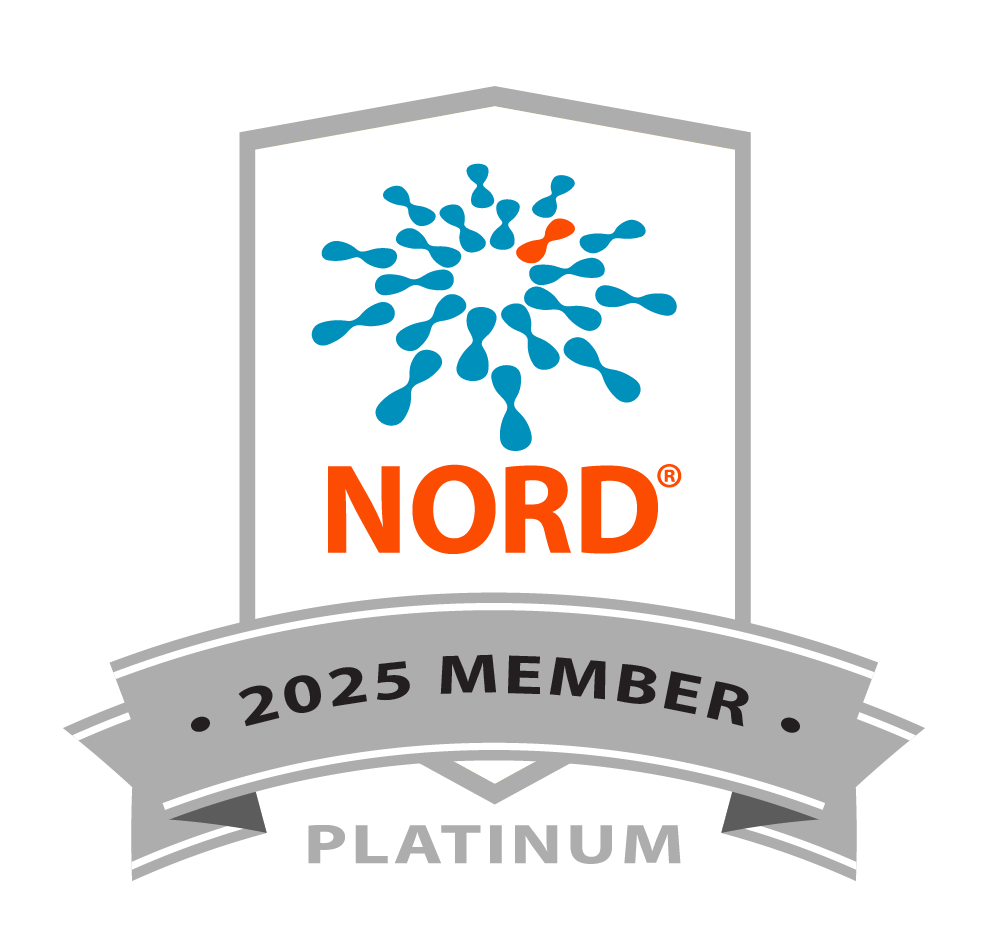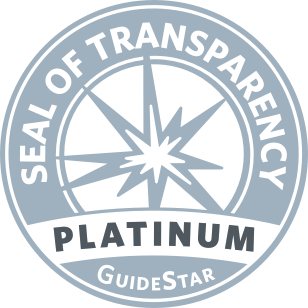Atsena Gets FDA Nod to Expand XLRS Gene Therapy Clinical Trial to Include Pivotal Phase 3 Cohort
Research News
The expanded Phase 1/2/3 shortens time to potential FDA approval.
Atsena Therapeutics, a developer of innovative gene therapies for inherited retinal diseases, has received agreement from the US Food & Drug Administration (FDA) to expand the current LIGHTHOUSE Phase 1/2 clinical trial for ATSN-201, an X-linked retinoschisis (XLRS) gene therapy, into a continuous Phase 1/2/3 clinical trial. By expanding the current trial, Atsena avoids the need for an additional registrational study, thereby reducing the time to potential approval by at least 1.5 years. The Phase 1/2/3 trial can serve as a registrational trial to support the request for marketing approval through submission of a Biologics License Application (BLA) to the FDA. Atsena anticipates a potential BLA submission in early 2028.
“As part of its commitment to working with industry to develop innovative, practical approaches for accelerating the development of life-altering therapies for patients with rare diseases, the FDA has recently approved seamless Phase 1/2/3 study designs for several rare disease programs,” said Kenji Fujita, MD, chief medical officer at Atsena. “We are encouraged that their agreement with our proposed design reflects a continued commitment to pragmatic approaches to drug development in serious, rare diseases."
ATSN-201 has received Regenerative Medicine Advanced Therapy, Fast Track, Rare Pediatric Disease, and Orphan Drug Designations from the FDA, all of which can accelerate and streamline therapy development.
Atsena will add another, pivotal cohort to the ongoing multicenter LIGHTHOUSE trial, which will include approximately 30 adult and pediatric patients, randomized evenly between treatment and control groups. Patients in the control group will have the opportunity to receive treatment after one year. Efficacy and safety will be assessed in all patients using measures such as microperimetry, visual acuity, and macular structure. The pivotal cohort is anticipated to begin enrolling in the first quarter of 2026 with a data readout expected in the second half of 2027.
In May 2025, Atsena reported that seven of nine patients in Part A of LIGHTHOUSE had resolution of the retinal schisis, the splitting of retinal layers, which is the damaging structural hallmark of XLRS. Those patients with structural improvements generally showed improvements in microperimetry, best-corrected visual acuity, and low luminance visual acuity. Atsena is currently enrolling in Part B of LIGHTHOUSE which will include nine adult and three pediatric (at least 6 years of age) patients.
The RD Fund, the Foundation’s venture philanthropy fund for advancing emerging treatments into and through early-stage clinical trials, is a founding investor in Atsena.
Atsena Founder and Chief Scientific Officer Shannon Boye, PhD, University of Florida, is the preclinical developer for the company’s emerging gene therapies.




